- Physical Characteristics of Aconite
- Appearance
- Toxicity
- Cultivation
- Uses
- Conclusion
- Habitat and Distribution of Aconite
- Behavioral Patterns of Aconite
- 1. Solitary Behavior
- 2. Nocturnal Activity
- 3. Shy and Elusive
- 4. Burrowing Behavior
- 5. Aggressive When Provoked
- 6. Mating Behavior
- Diet and Feeding Habits of Aconite
- Feeding Behavior
- Diet composition
- Feeding Frequency
- Reproduction and Life Cycle of Aconite
- Germination
- Growth
- Flowering
- Seed Production
- Dormancy
- Aconite’s Role in the Ecosystem
- Predator-Prey Interaction
- Pollination
- Seed Dispersal
- Scavenging and Decomposition
- Impact on Ecosystem Dynamics
- Conservation Status of Aconite
- Questions and Answers:
- What is aconite?
- Where can aconite be found?
- How dangerous is aconite?
- What are the symptoms of aconite poisoning?
- Are there any medicinal uses for aconite?
- How can one protect themselves from aconite poisoning?
- Videos: A-10 vs SU-25 Which is Better?
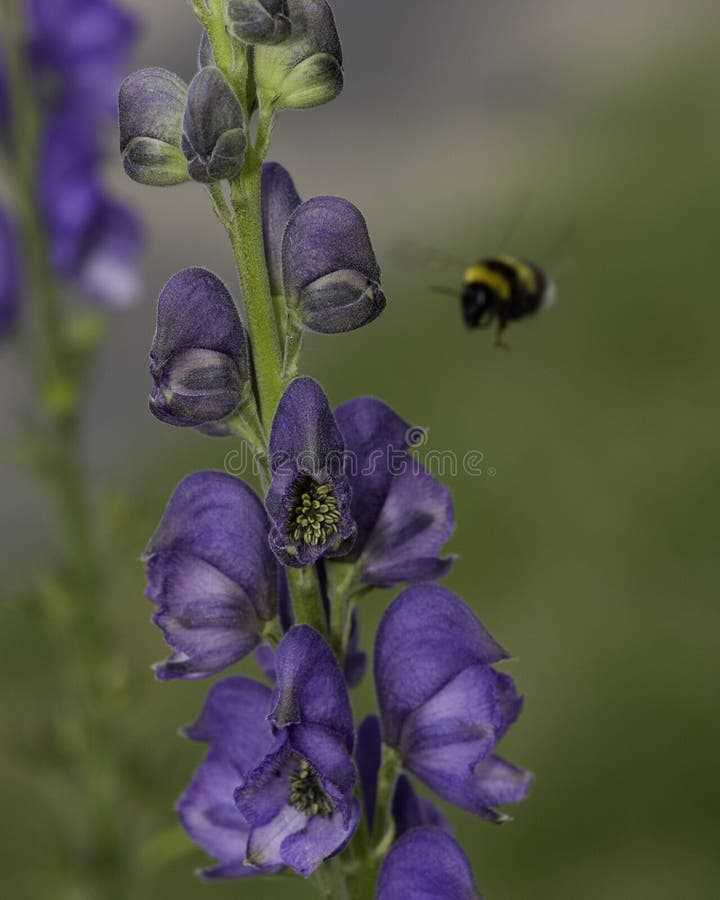
When it comes to dangerous wild animals, the aconite, also known as the warthog, is often overlooked. This fascinating creature has a reputation for being fierce and relentless, making it a force to be reckoned with in its natural habitat. In this article, we will explore everything you need to know about the aconite, from its physical characteristics to its hunting strategies.
The aconite is a member of the pig family and is native to sub-Saharan Africa. It gets its name from the prominent tusks that protrude from its lower jaw, resembling the deadly aconite flower. These tusks can grow up to two feet long and are used for defense against predators and during fights with other warthogs. Despite their formidable appearance, aconites are herbivores and primarily feed on grasses, roots, and tubers.
One of the most distinctive features of the aconite is its warts, which can be found on the sides of its face. These warts are actually thick cartilage and serve as protective padding during combat. Additionally, they assist in cooling the aconite’s body by dissipating heat. The warthog’s body is covered in coarse hair, which acts as insulation in cold weather and protection against the sun’s rays.
“The aconite has a unique strategy for protecting itself and its young. When threatened, it will run away at speeds of up to 30 miles per hour, often seeking refuge in burrows or dense vegetation. If cornered, however, the aconite will not hesitate to use its tusks and powerful bite to defend itself.”
In conclusion, the aconite, or warthog, is a fascinating and resilient creature. Its unique physical characteristics and hunting strategies make it a force to be reckoned with in the wild. Whether you are studying wildlife or simply intrigued by the wonders of nature, the aconite is definitely a species worth learning more about.
Physical Characteristics of Aconite
Aconite, also known as warthog or monkshood, is a perennial herbaceous plant that belongs to the Ranunculaceae family. It is native to mountainous regions in Europe and Asia. Aconite is highly toxic and has been traditionally used for medicinal purposes, as well as for its potent effects in hunting and warfare.
Appearance
- Aconite plants typically grow to a height of 3 to 5 feet.
- They have a thick, fleshy root system.
- The stems are erect and sturdy, with a dark green color.
- The leaves are palmately lobed, resembling the shape of a human hand.
- They have a glossy, dark green color.
- The flowers are arranged in dense clusters at the top of the stem.
- They are usually deep blue, purple, or yellow in color, depending on the species.
Toxicity
Aconite contains a variety of highly toxic compounds, including aconitine, mesaconitine, and hypaconitine. These alkaloids can cause severe poisoning if ingested or absorbed through the skin.
Symptoms of aconite poisoning include numbness and tingling in the mouth and extremities, nausea, vomiting, dizziness, and irregular heartbeat. In severe cases, it can lead to respiratory failure and death.
Cultivation
Aconite plants are typically grown from seeds or through the division of established plants. They prefer cool, moist climates and well-drained soil. Aconite plants should be handled with caution due to their toxicity. Protective gloves should be worn when working with the plants to avoid contact with the sap.
Uses
- Medicinal: Despite its toxicity, aconite has been used in traditional medicine to treat various ailments, including pain, inflammation, and fever. However, its use is highly regulated due to its potential dangers.
- Hunting: Aconite has also been historically used in hunting to poison arrowheads and spears. The toxic effects of aconite on the nervous system can immobilize and kill animals quickly.
- Warfare: Aconite has a long history of use in warfare. It has been used to poison enemy water supplies, as well as to create toxic fumes for offensive purposes.
- Gardening: Some species of aconite are grown for their ornamental value in gardens.
Conclusion
Aconite is a fascinating plant with a dark history. Its physical characteristics, toxicity, cultivation requirements, and various uses make it a unique and intriguing species. Due to its extreme toxicity, caution should always be exercised when handling or using aconite.
Habitat and Distribution of Aconite
Aconite, also known as warthog, is a highly toxic plant that is native to temperate regions of Europe, Asia, and North America. It is typically found in mountainous areas and moist habitats, such as meadows, forest edges, and stream banks.
The plant prefers cool and damp conditions, and it is often found growing at higher elevations where the climate is more favorable. Aconite can be found in countries such as China, India, Japan, Russia, Switzerland, and the United States.
Due to its toxic nature, aconite is not commonly cultivated in gardens or used as an ornamental plant. However, it can sometimes be found in botanical gardens or specialized nurseries that cater to collectors of rare and unusual plants.
In the wild, aconite plants grow from thick, fleshy roots that are often tuberous in shape. These roots allow the plant to survive harsh winters and serve as a storage organ for nutrients. The plant’s leaves are large, palmate, and deeply lobed, providing an attractive visual appeal.
Overall, Aconite’s habitat and distribution are quite diverse, ranging from alpine regions to low-lying wetlands. Its ability to adapt to various environmental conditions has contributed to its widespread presence across multiple continents.
Behavioral Patterns of Aconite
1. Solitary Behavior
Aconite is typically a solitary animal. It spends most of its time alone, hunting and foraging for food. This behavior helps it to avoid competition and maintain an adequate food supply. Aconites establish their own territories, marking them with scent to warn other animals to keep out.
2. Nocturnal Activity
Aconite is primarily a nocturnal animal, meaning it is most active during the night. This helps it to avoid predators and also provides better hunting opportunities. Aconites have well-developed night vision, allowing them to navigate in the dark and locate prey.
3. Shy and Elusive
Aconites have a shy and elusive nature, preferring to stay hidden and avoid confrontation. When threatened, they rely on their speed and agility to escape rather than fight. They often use their natural camouflage to blend into the surroundings, making it difficult for predators to spot them.
4. Burrowing Behavior
Aconites are known for their burrowing behavior. They create elaborate underground burrows that provide shelter and protection from predators. These burrows also serve as a safe place to rest and raise their young.
5. Aggressive When Provoked
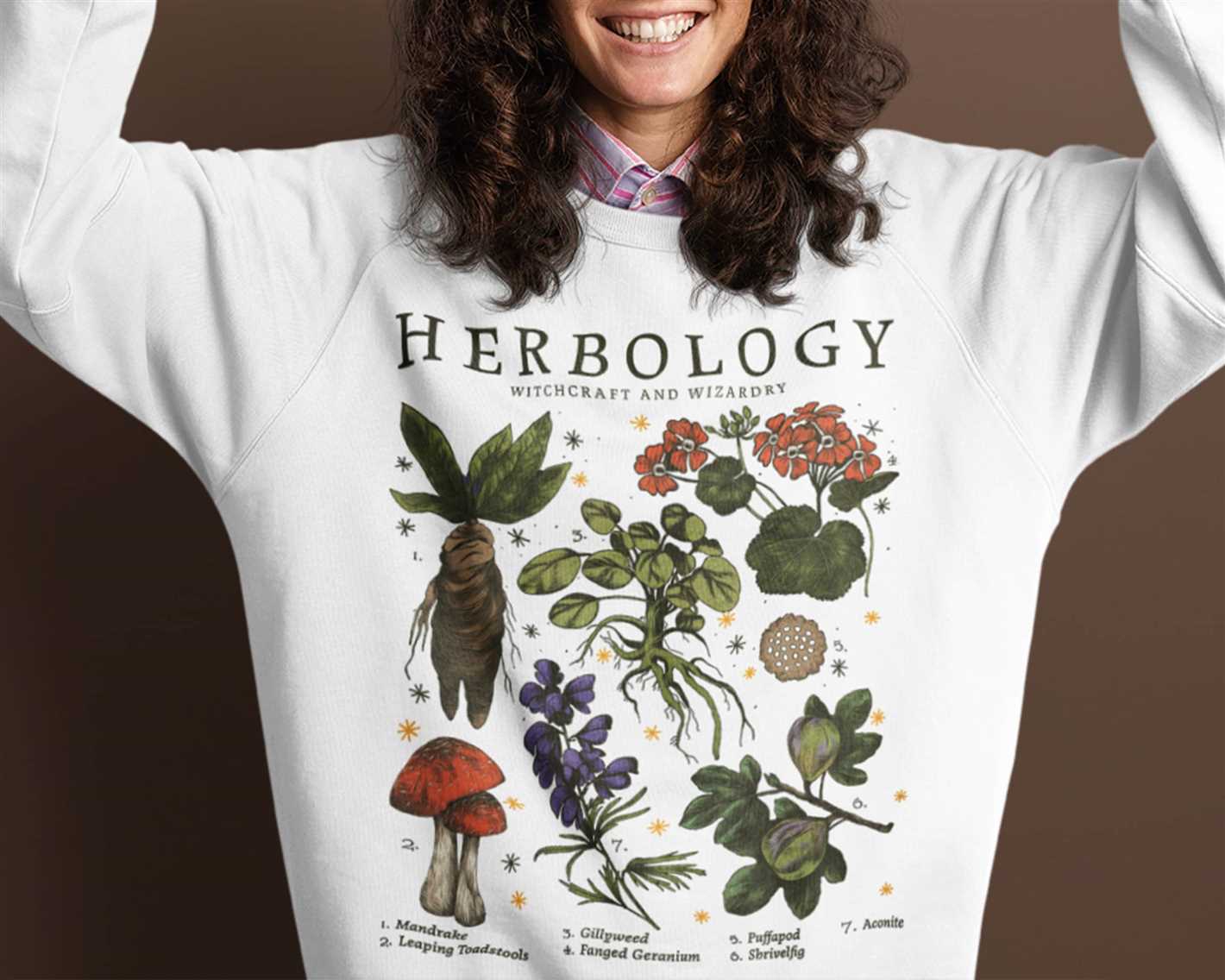

While generally shy and elusive, Aconites can become aggressive when provoked or threatened. They have sharp claws and teeth that they use for self-defense. When faced with a threat, they may growl, hiss, or even bite to protect themselves.
6. Mating Behavior


Aconites have specific mating behaviors. During mating season, males engage in aggressive displays to attract females. They may fight with other males to establish dominance and gain mating rights. Once a pair has mated, the male typically leaves and the female takes care of raising the young.
| Behavioral Patterns | Description |
|---|---|
| Solitary Behavior | Aconite prefers to live alone and establish its own territory. |
| Nocturnal Activity | Aconite is most active during the night and has well-developed night vision. |
| Shy and Elusive | Aconite avoids confrontation and relies on its camouflage to stay hidden. |
| Burrowing Behavior | Aconite creates underground burrows for shelter and protection. |
| Aggressive When Provoked | Aconite can become aggressive when threatened, using its claws and teeth for self-defense. |
| Mating Behavior | Aconite engages in specific mating behaviors during the mating season. |
Diet and Feeding Habits of Aconite
The Aconite is a carnivorous predator that feeds primarily on small animals. Its diet mainly consists of rodents, birds, insects, and reptiles.
Feeding Behavior
Aconites are highly skilled hunters and use different strategies depending on the type of prey. They are agile and quick, using their sharp claws and strong jaws to capture and kill their victims.
When hunting small animals, Aconites rely on stealth and camouflage. They prefer to blend into their surroundings and patiently wait for the perfect moment to strike.
For larger prey, Aconites may use a combination of stalking and ambushing techniques. They are known to be patient and persistent hunters, often tracking their prey for hours before initiating an attack.
Diet composition
The diet of Aconite varies depending on the availability of prey in its habitat. Although small mammals make up the majority of their diet, they are opportunistic feeders and can adapt their feeding habits based on the circumstances.
Some of the common food items in the diet of Aconite include:
- Small rodents such as mice and rats
- Birds and their eggs
- Insects and spiders
- Lizards and snakes
In some cases, Aconites have been observed feeding on larger prey, such as other predators or scavenging on carcasses.
Feeding Frequency
Aconites typically have a high metabolic rate, requiring them to eat frequently. They may consume 20-30% of their body weight in food each day.
They are opportunistic feeders and will take advantage of any available food sources. In periods of scarcity, Aconites can go for extended periods without eating or rely on their fat reserves.
Overall, the diet and feeding habits of Aconite are essential for their survival and play a crucial role in maintaining the balance of their ecosystems.
Reproduction and Life Cycle of Aconite
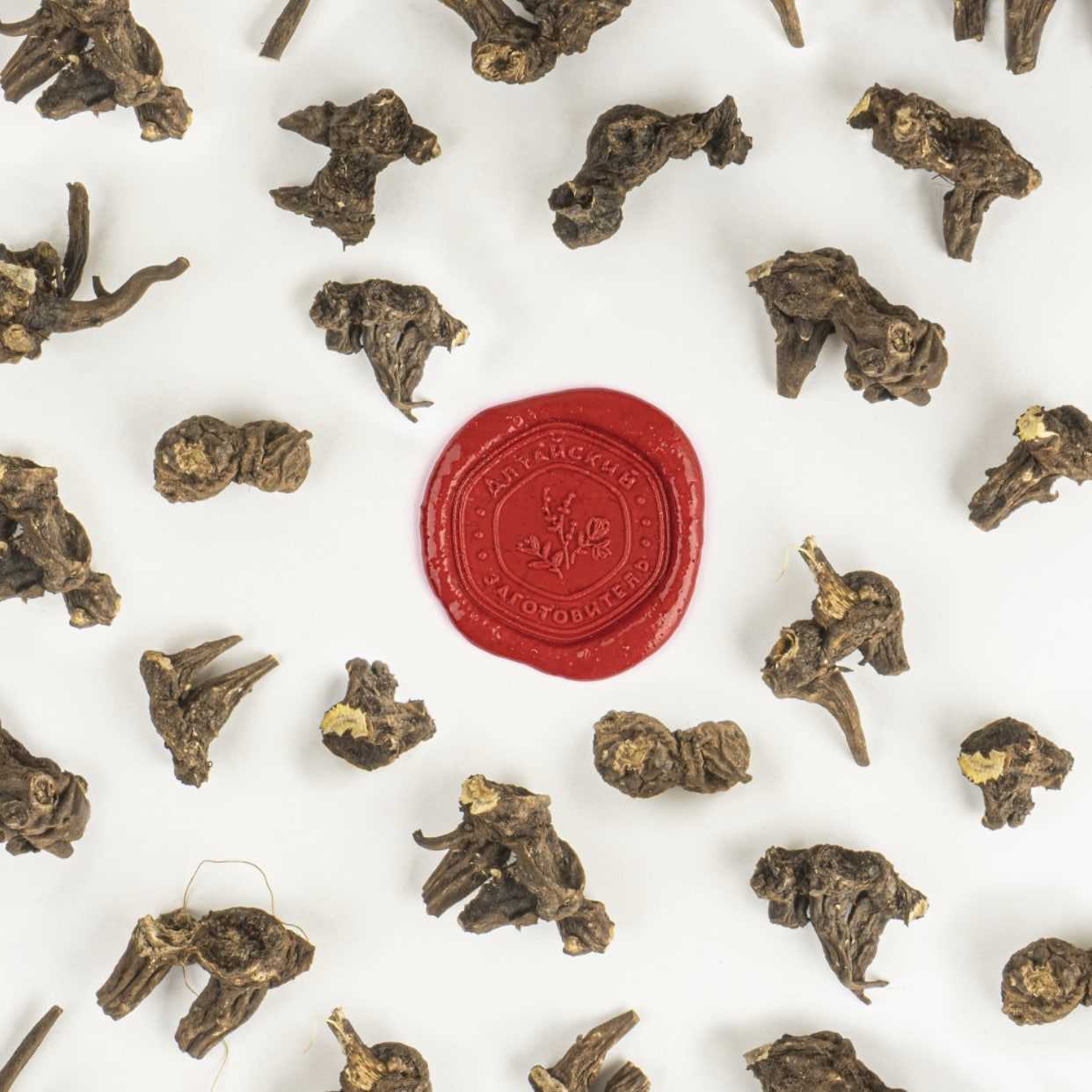

Aconite, also known as warthog or monkshood, is a perennial plant that reproduces through both sexual and asexual methods. Its life cycle consists of several stages, including germination, growth, flowering, seed production, and dormancy.
Germination
The life cycle of aconite begins with the germination of its seeds. The seeds require specific conditions, including a period of cold stratification, to break dormancy and initiate germination. Once the seeds are exposed to the right conditions, they will start to sprout and develop into seedlings.
Growth
During the growth stage, the aconite plant develops its root system and leaves. The roots grow deep into the soil to anchor the plant and absorb water and nutrients. The leaves, which are often deeply lobed or palmate, provide energy through photosynthesis.
Flowering
After a period of growth, aconite enters the flowering stage. The plant produces tall erect spikes with numerous helmet-shaped flowers, typically in shades of blue, purple, or yellow. These flowers attract pollinators, such as bees and butterflies, which aid in the sexual reproduction of the plant.
Seed Production
Following successful pollination, the flowers of aconite develop into seed pods. These pods contain numerous small seeds that are dispersed through various means, including wind, water, or by attaching to animals. Each seed pod can produce hundreds of seeds, ensuring the survival of the species.
Dormancy
Once the seeds are dispersed, aconite enters a period of dormancy. This allows the plant to conserve energy during unfavorable conditions, such as extreme cold or drought. The seeds remain in the soil until the following growing season when they have the opportunity to germinate and start a new life cycle.
In conclusion, the reproduction and life cycle of aconite involves germination, growth, flowering, seed production, and dormancy. This perennial plant utilizes both sexual and asexual methods of reproduction to ensure its survival and propagation. Understanding the life cycle of aconite is essential for its conservation and cultivation.
Aconite’s Role in the Ecosystem
Aconite, also known as warthog, is a vital component of many ecosystems around the world. Its presence and actions have a significant impact on the balance and diversity of these ecosystems.
Predator-Prey Interaction
Aconite plays a crucial role in predator-prey dynamics. As a predator, it feeds on smaller animals such as rodents, rabbits, and insects, helping to control their population. This not only prevents these populations from growing too large but also helps to maintain a healthy balance in the ecosystem.
Pollination
Despite being primarily a predator, aconite also contributes to the pollination of various plant species. As it moves from flower to flower while hunting for prey, it inadvertently picks up and transfers pollen from the stamen to the pistil. This process helps to fertilize plants and ensures the continuation of their reproductive cycle.
Seed Dispersal
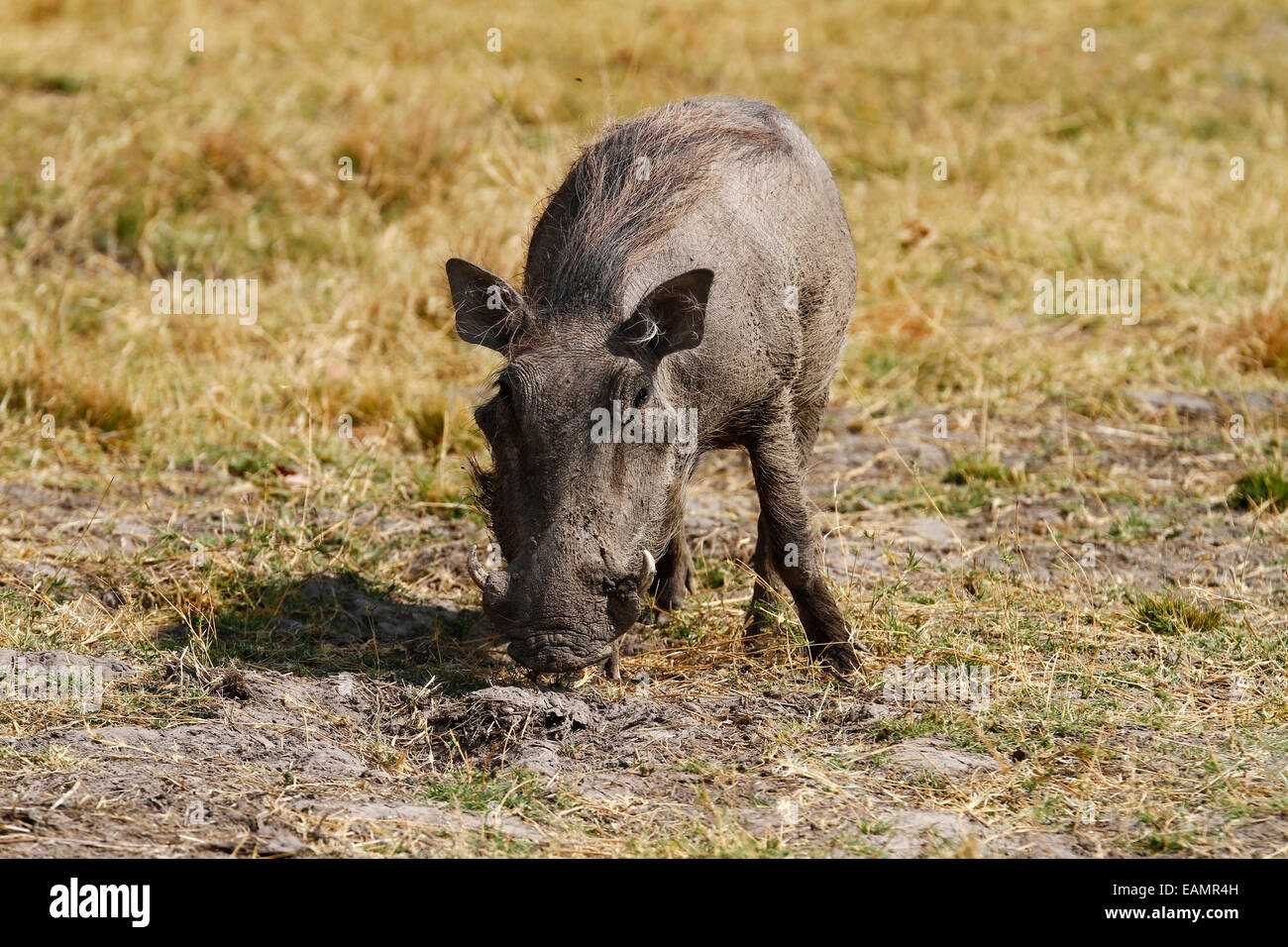

Aconite also aids in seed dispersal. After consuming fruits, it carries the undigested seeds in its droppings to new locations, often far away from the parent plant. This allows for the colonization of new areas and promotes genetic diversity within plant populations.
Scavenging and Decomposition
As an opportunistic feeder, aconite also plays a role in the scavenging and decomposition of organic matter. By consuming carrion and decaying plant material, it helps to break down these materials and return nutrients to the soil. This process is vital for the cycling of nutrients in the ecosystem.
Impact on Ecosystem Dynamics
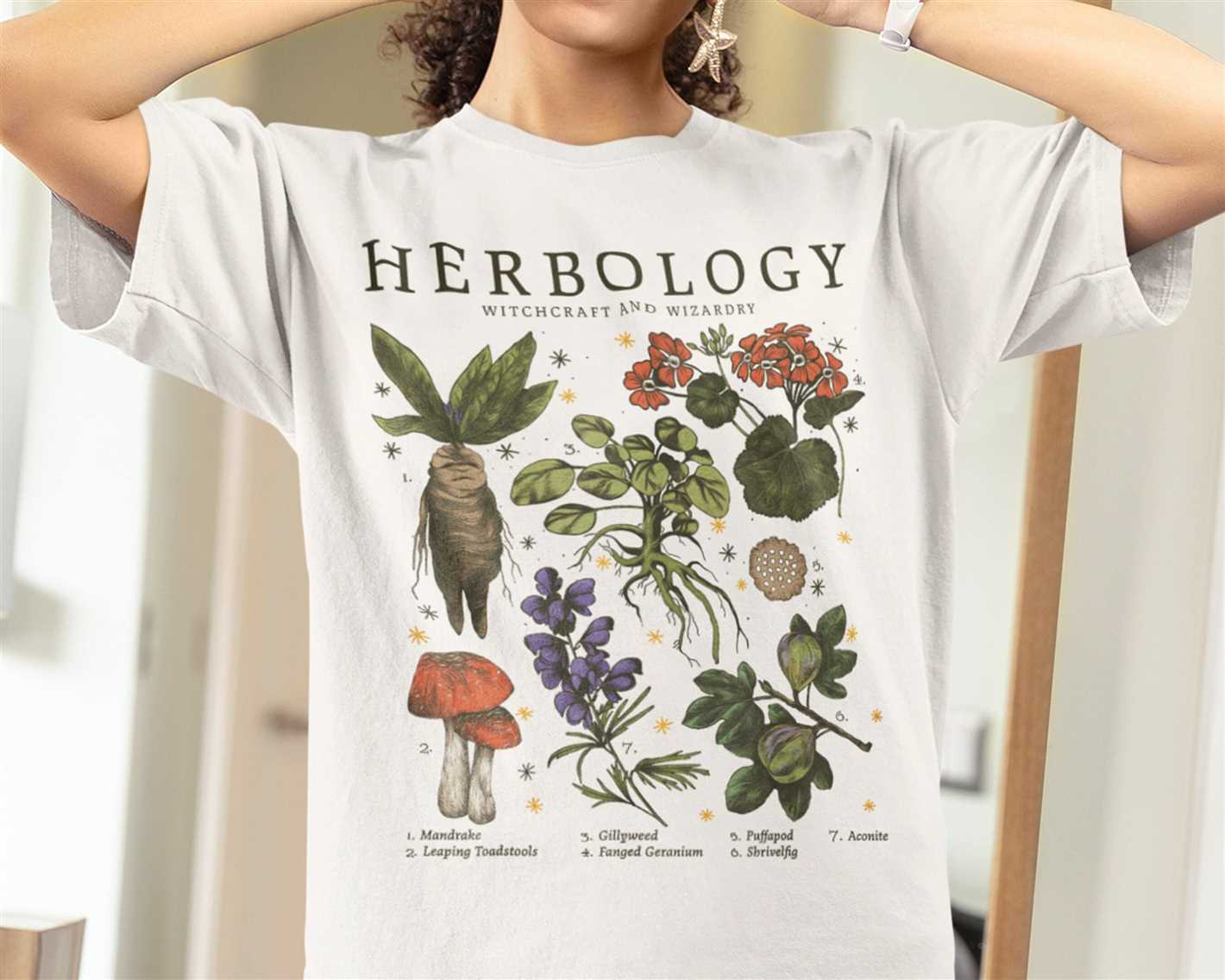

Overall, aconite’s role in the ecosystem is multifaceted and interconnected with various ecological processes. Its predatory behavior, pollination, seed dispersal, and scavenging activities contribute to the overall health and sustainability of the ecosystem. The presence and actions of aconite help maintain the delicate balance of populations and promote biodiversity within their respective habitats.
| Type of Role | Description |
|---|---|
| Predator-Prey Interaction | Aconite helps control the population of smaller animals by acting as a predator. |
| Pollination | While hunting for prey, aconite accidentally helps to pollinate plants by transferring pollen. |
| Seed Dispersal | Aconite aids in the dispersal of plant seeds by carrying them in its droppings. |
| Scavenging and Decomposition | Aconite contributes to the decomposition of organic matter and the recycling of nutrients. |
Conservation Status of Aconite
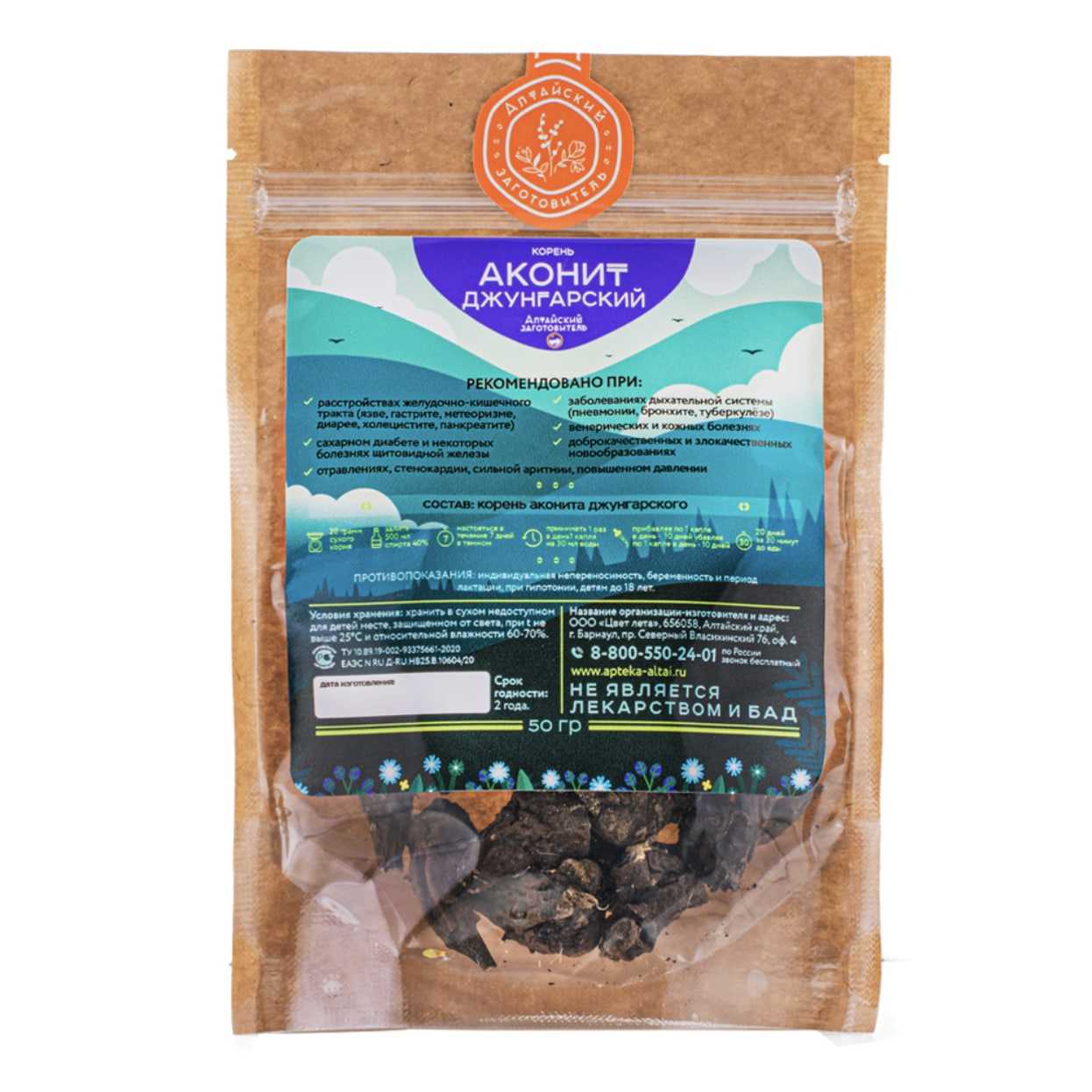

Aconite, also known as warthog or wolfsbane, is a plant species that is currently facing various conservation challenges. Due to its limited habitat and slow growth rate, aconite populations have been declining in recent years. The plant is native to certain regions of Europe, Asia, and North America, but its distribution has become fragmented and localized.
The International Union for Conservation of Nature (IUCN) has assessed the conservation status of aconite and has classified it as a species of concern. It is listed as “Vulnerable” on the IUCN Red List, which means that it is considered to be facing a high risk of extinction.
The main threat to aconite populations is habitat loss and degradation. The conversion of natural habitats for agriculture, urbanization, and infrastructure development has resulted in the loss of suitable habitat for aconite. Fragmentation of habitats due to these activities also restricts the movement and gene flow of aconite populations, further decreasing their chances of survival.
In addition to habitat loss, aconite is also threatened by overharvesting for medicinal purposes. The roots and flowers of the plant contain toxic alkaloids that have been used in traditional medicine for centuries. However, unsustainable harvesting practices can lead to depletion of populations and disrupt the delicate balance of the ecosystem.
Efforts are being made to conserve aconite and protect its habitats. The establishment of protected areas and the implementation of sustainable management practices are important steps in ensuring the survival of the species. Additionally, raising awareness about the importance of aconite and its role in the ecosystem can help garner support for conservation initiatives.
| Conservation measures | Description |
|---|---|
| Protected areas | Establishing protected areas to preserve aconite habitats and prevent further habitat loss. |
| Sustainable harvesting | Promoting sustainable harvesting practices to ensure the long-term survival of aconite populations. |
| Habitat restoration | Restoring and rewilding degraded habitats to create suitable conditions for aconite to thrive. |
| Research and monitoring | Conducting research and monitoring programs to better understand the ecology of aconite and track population trends. |
| Public education | Increasing awareness among the general public about the importance of aconite and the need for its conservation. |
It is crucial to take action to conserve aconite and its habitats to prevent further population decline and ensure the survival of this unique plant species.
Questions and Answers:
What is aconite?
Aconite, also known as warthog, is a toxic plant that belongs to the buttercup family.
Where can aconite be found?
Aconite can be found primarily in the Northern Hemisphere, especially in mountainous regions.
How dangerous is aconite?
Aconite is highly toxic and can be fatal if ingested or even touched. It should be handled with extreme caution.
What are the symptoms of aconite poisoning?
The symptoms of aconite poisoning include numbness, tingling, weakness, sweating, and difficulty breathing.
Are there any medicinal uses for aconite?
Yes, aconite has been used in traditional Chinese medicine for centuries to treat various conditions, including pain and inflammation.
How can one protect themselves from aconite poisoning?
To protect yourself from aconite poisoning, it is best to avoid contact with the plant and its roots. If you suspect exposure, seek medical attention immediately.







